Ever have one of those days when you’re out filming nature and wildlife and something happens that makes you realize that no matter how long you look through a viewfinder, nature will always take you back to school and teach you a lesson?
I had one of those days last week.
I’ve been working hard since last Fall to document the lifecycle of the tallgrass prairie. Now that Summer is here, the prairie has really come to life. It seems every day I discover something new.
Now normally when I go to film at the tallgrass prairie, I’m concentrating on filming the prairie grasses and all the prairie wildflowers as well as the insects that make them their home. My focus becomes so intent on capturing those subjects that I become oblivious to what’s going on around me.
Like I explain in the video below, when I’m done filming a subject, I’m done. I pop up, pick up my tripod, sling it over my shoulder and start looking for the next thing to film. Since I tend to film at first light and last light you have to find your subjects quickly because that great light doesn’t last that long and I have a lot of ground to cover.
But the other day I realized that I can’t be doing that anymore. In my rush to capture as many plants and insects as possible I realized that I’m passing up opportunities I didn’t realize where even there.
So this is what happened that opened up my eyes and caused me to change the way I work in the field.
I was filming some Bee Balm and I spent a lot of time crouched over the camera waiting for the wind to die down to get better shot. Eventually I got the shot I wanted and as usual, popped up and started to pick the tripod up when I heard a loud snort. As I turned and looked, a whitetail deer had just risen from it’s daybed and had been watching me to try and figure out just exactly what I was. Well, not only was the deer startled but my heart skipped a beat as well. I was so focused on filming the Bee Balm and so determined to find my next subject while the light was still good I wasn’t aware of my surroundings. Well before I could set the tripod down, the deer took off bounding over the tall prairie grass and only stopped when it reached the edge of the woods and safety. By then it was to far away for a good shot but I filmed a few seconds anyway just for the record and to remind me of how foolish I had been to miss that opportunity.
To make matters worse, once I looked at the footage, I realized that the doe had a fawn with her. The prairie grass was so high I didn’t even see the fawn as they headed for the tree line. I had already kicked myself in the field but now I kicked myself again even harder that I missed filming the doe and her fawn.
Before I head out to film I always make sure my gear is prepared and packed so I’m never in a situation where I can’t film a subject because I left something behind. Yet here I was totally unprepared to film this wildlife encounter since I had come to the prairie to film plants and insects. I decided I needed to make a change and to always assume that an “Unexpected Wildlife Opportunity” could occur at any moment.
As soon as I made this change, it paid off almost immediately. The image above of the cottontail rabbit would have never been captured if I hadn’t made this change.
This change is really a no-brainer. In fact, I smacked myself in the forehead for not making this a normal practice in the field from day one. Who knows how many opportunities I had missed and never even knew they were there? I think this tip goes perfectly with my article “The Best Tip Ever for Shooting Better Nature and Wildlife Video“.
So take a couple minutes and watch the video. Maybe you’re already doing this out in the field. But if you’re not, give it a try and if it works leave me a comment below.
I hope you found this tutorial to be of value. Please consider sharing!
And as always, shoot the ordinary and make it extraordinary!


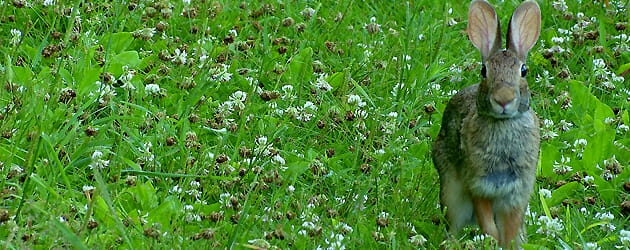
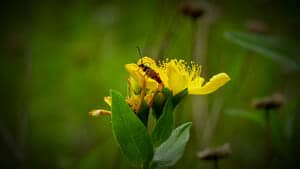
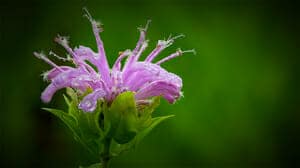
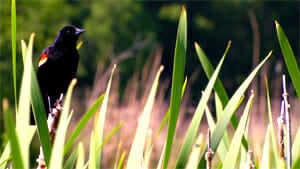

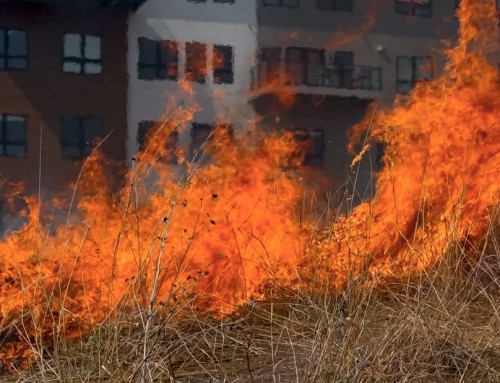
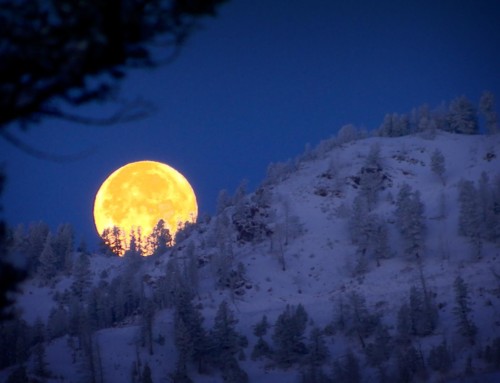
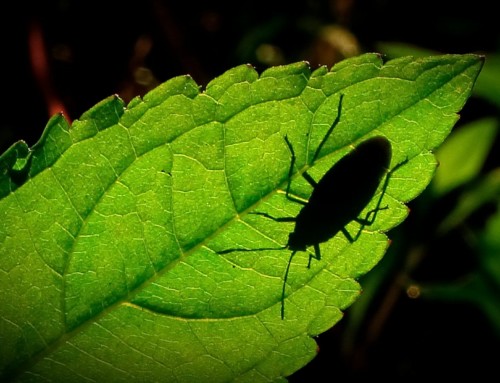
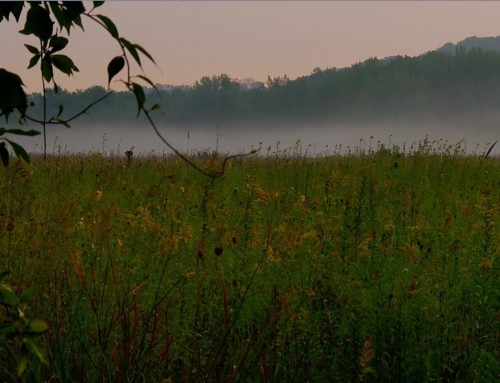

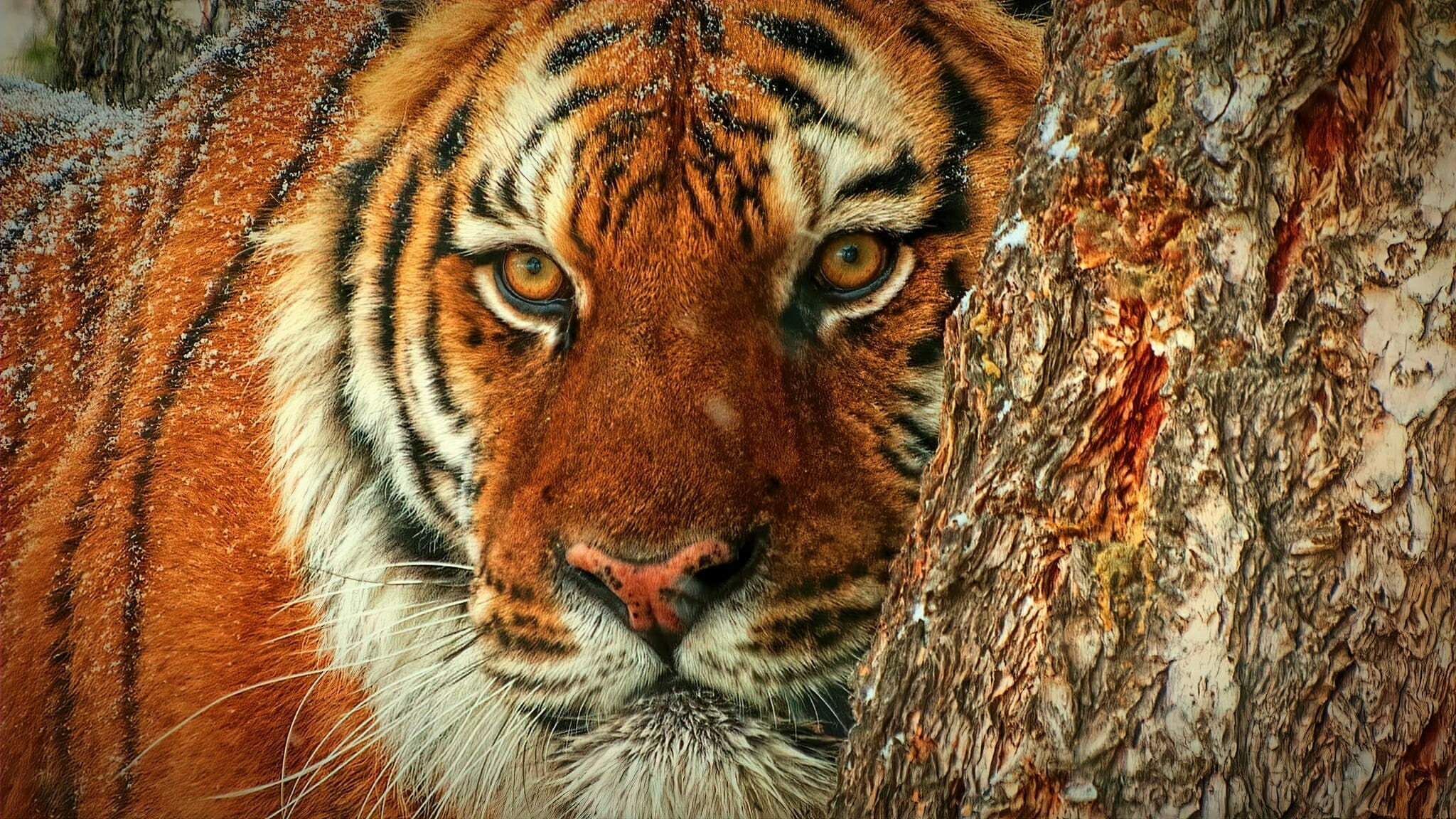
Many techniques for wildlife photo/video making are so similar to successful hunting methods. One tip that has benefited me: Much as I love my white Tilley hat & vest, I’ve retired them from the field for 3 seasons of the year, as with my white t-shirts and light-coloured shorts. I haven’t gone full camo by any means, but I’m careful to go with more natural/subdued earth tones. I seem to spook my wary subjects much less, especially on the bright, sunny days. The white hat & light-coloured clothing are more comfortable in summer, to be sure, but they sure shouted out my presence to deer, bunnies, and ospreys (and they ALL have eyes like a hawk! LOL).
Love your series of videos. Thanks so much for posting them!
When you think about it when a deer or cottontail is spooked, what do you see? A flash of white as it’s running away from you. So it totally makes sense that when animals see flashes of white they think danger.
The only time I really where anything camo is when I know there will be a lot of ticks and bugs. Then I wear some RhinkSkin bug proof clothing which the stuff I have happens to be camo.
Luckily for me, I like earth tone clothing so I have a pretty good selection to choose from. Sometimes when it’s really, really hot I just go ahead and where white for the coolness factor but realize that I’m really advertising my presence.
BTW, I love my Tilley hat!! Mine is olive so it’s not a problem wearing out in the field. I picked mine up when I was headed to Africa and it’s probably the best hat I’ve ever owned. They’re not cheap by any means but I’d recommend them to anyone.
Glad you like the videos. I have more ambitious stuff planned but still trying to find my comfort zone in front of the camera instead of behind it.
Ha! My olive Tilley hat arrived last week — I just ordered the same size as my 20-year-old white one and it fits perfectly. 🙂
Kevin, you’ve got a great presence on-camera. I just shot a two-camera shoot (5D2 & 7D) of myself doing a mini review of a Glideshot jib. Two things wrong: a) I sound like a dork, and b) I need to lose 50 lbs. Make that 60 lbs! I wore dark clothing because my daughter said it would be “slimming”. Well, beluga whales are dark and THEY don’t look slim……
Looking forward to your future productions.
Best,
Dave Rilstone
I think the Tilley hat is the best hat out there. I’d reccomended it to anyone. Yeah, it’s not cheap but when I wear mine it doesn’t even feel like I’m wearing a hat and it breathes like no other hat I’ve owned. I’m seriously thinking about getting a couple more and horde them just in case something happens to my current hat. 🙂
Don’t even get me started about losing weight! 🙂 I need to lose about 100lns to get back to the weight I was when I got married 20 years ago.
It’s tough being in front of the camera instead of behind it. I’m a one man show so I have to take two camera setups with me when I want to film a tip or tutorial. I can think of all the things I want to say before I hit the record button. Once I start rolling, all that goes out the window.
My goal is to eventually sound like I’m just having a conversation with someone in the field. I get asked so many questions in the field and I need to get to a point where I’m talking on camera like I do to the people that ask me questions in the field.
Going to really try and step things up in the coming weeks. We’ll see how it goes. I need to do a video on caring for your camera in high heat and humidity. I’m sure the Tilley hat will be featured prominently!! 🙂
Hi Kevin,
Thank you for sharing. I believe it is all about movement. Most of our target species have visual systems that detect movement. Your approach is right on the money and will serve you well. Filming and hunting require a very similar skill set to achieve a result. My friend and I joke about his son walking 10 miles and seeing no game when we know if we are patient and observant the game will move for us to find.
I am looking at doing a lot more filming work and am finding your tips and tutorials inspiring. Thanks again.
Thanks for the comment! I appreciate the feedback.
Two days ago I went out to my local nature center to try and film a sunset but it never happened.
Since I was there anyway, I decided to just sit on a fallen tree and just hang out and soak up some nature to recharge my batteries.
Of course at first, everything had scattered in all different directions, but slowly I started hearing the birds again, then the squirrels starting chasing each other across the forest floor.
Eventually I started hearing the snapping of twigs and knew the deer must be moving back into the little hollow I had tucked myself down into. Eventually they moved into sight and I filmed one doe in particular as she walked across from my far left, to my far right. The entire time I was sitting out in plain sight, with no camouflaged clothing whatsoever.
Because I had taken the time to just be still and listen, the forest returned to normal and I was soon forgotten.
Hey Kevin!
It’s amazing what happens when we stand still focused on filming a subject isn’t it?
Wildlife is so accustomed to humans bulldozing through nature making noise and constantly moving that when you stop to film something, wildlife tends to forget that you’re there.
I can’t tell you the number of times I’ve had wildlife behind me not realizing that I was there. Course, I’ve had it walk up in front of me as well. The point being that when we’re not moving, we become a part of the landscape and when that happens, wildlife just goes about daily life and fortunately we are there to document it.
Glad you got to experience it first hand! I think it also helps you become more aware of your surroundings and it results in a much more enjoyable time out in the wild!
Keep me posted on your filmmaking! Would love to hear what you’re up to!
~Kevin
Kevin,
Firstly thank you for taking the time to reply to my email so quickly.
I thank you for taking the time to share your experience and images with others,like myself, who are equally in awe of the world and seek to record it via video and photography so that others might be touched by its makers genius.
I have spent this very day studying and thinking about your video regarding DOF in the wild, I think sorry I know I have spent too much time at F5.6 and have subsequently found myself with so much out of focus subjects its not funny, in fact its shameful.
Giving a fool a professional Video Camera does not a Cameraman make.
Kevin,its the simple things that the likes of me (self taught noob) overlook or does not register in the cranium when reading the various “hey look here for instant photography / Videography success” web pages.
Kevin, I learn’t more watching your DOF video than I have in so many years of trying to figure this “Science ” of Videography / Story Telling, the Wonderments of the (my) World, than I have been able to over so many years.
Kevin,your video’s are very very good and you have a knack of transferring your self taught wisdom (and after all that is the only wisdom worth taking notice of )to the viewer.
I have spent too much time at F5.6 CU on the EYE of “the Beast” / Bird / Subject and after, in post, wondering why the eye of the beast looks nothing like what I saw in the eyepiece of my VCam.
I suppose what I am trying to say Kevin, is that my Landscape “settings” (all Manual) are not necessarily the same as those that will capture the “Eye of the Beast” in question,along with the correct framing.
Why have I been reluctant to use my Camera at its largest,1.6 Fstop ? I guess no one told me I could do so.
May I post a link and a still visual promo to your site on my http://www.northnarra.com web site?
If not no worries.
Thanks again Kevin for your considered and wise reply to my email to you.
Please keep sharing your wisdom.
Regards Kevin,Sydney,AUUUUUUUUUSTRAAAAAAAAALIAAAAAAAAAA
Kevin,
I glad that you were able to take something from my website. It’s the whole reason I do it.
The more beautiful Natire and wildlife video that is out there, the more people are willing to save what we have left on this planet.
I love shooting subjects with the iris wide open. The blurred out background lets people focus on the subject and eliminates distractions in the background.
Try shooting zoomed in and wide open and then try it again with the iris closed down. I think you’ll like the shallow depth of field look.
I have a lot of things planned for this site so stay tuned and please keep me posted on what your doing. I ove hearing what other projects people are working on!
~Kevin
Kevin, I have just seen / realised that you have by your intent or the mechanisms of your web site, enabled a link to my video of Australian King Parrot at http://www.northnarra.com
Thanks Mate.
Kevin,
That’s the beauty of Comment Luv that I use as my commenting platform.
It encourages commenting because you can get a backlink to your site.
Since we’re both nature and wildlife related, Google looks at that as a good thing.